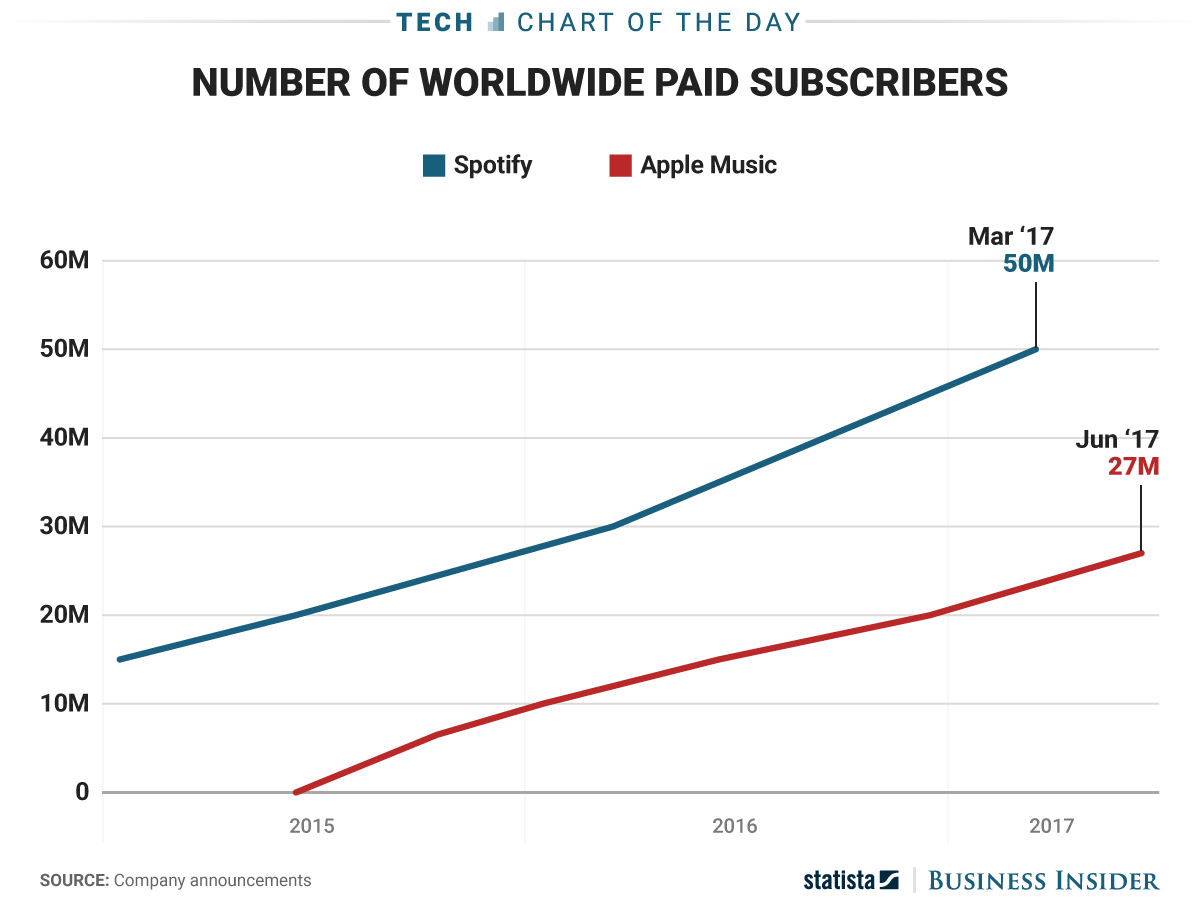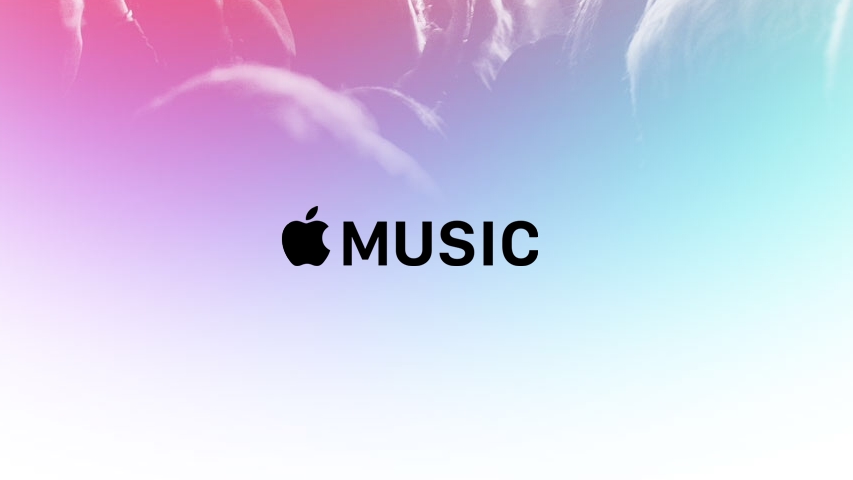There are more than a billion active Apple iPhone devices around the world. And every quarter, the world’s number one premium smartphone maker sells tens of millions of devices to add to that pool.
As such, Apple’s other services and applications can potentially reach hundreds of millions of users around the world, but Apple never really concentrated on building an application eco-system the way Google has gone about its business.
Apple Maps and iTunes were the only two applications that were popular, and Apple Maps never really matched users’ expectations. And, as smartphone sales around the world started slowing down along with tablets and laptops, Apple was left with no choice but to finally leverage the strength of its own user base.
Apple Pay was launched in October 2015, nearly three years ago, and Apple Music was launched a few months earlier, in June 2015. Thankfully, Apple didn’t miss the mark with either of these products, and Apple Music is well on its way to becoming a rock-steady revenue earner for Apple, for many more decades to come.
In a short span of less than three years, Apple Music raced to 27 million paid subscribers around the world. And the growth is no mean feat because Spotify, the segment leader, had a huge head start over Apple, having nearly 20 million users at the time Apple Music was launched.
 Both Spotify and Apple have continued their growth trajectory, a clear indication that there is enough demand in the market for two strong players. Apple Music is now available in more than 100 countries and costs $9.99 for individual users and $14.99 for a family in the United States, for a monthly subscription plan. The price is much lower in fast-growing markets such as India and China, but 27 million paid subscribers should already be bringing in billions of dollars in revenue for Apple every year.
Both Spotify and Apple have continued their growth trajectory, a clear indication that there is enough demand in the market for two strong players. Apple Music is now available in more than 100 countries and costs $9.99 for individual users and $14.99 for a family in the United States, for a monthly subscription plan. The price is much lower in fast-growing markets such as India and China, but 27 million paid subscribers should already be bringing in billions of dollars in revenue for Apple every year.
Considering the size of Apple’s user base around the world (according to Credit Suisse, there are 588 million users worldwide), Apple Music has the potential to double or even triple its size over the next five years.
Apple Pay could take a little longer to gain the kind of traction that folks at Cupertino would want, but the company has already laid the foundation to the future of mobile payments. And, with a very strong device presence all over the world, things can only get better from here for Apple Pay as well.
For now, however, Apple Music seems to be the lead growth engine for Apple services, and that story itself will take years to fully unfold.
Incidentally, if you’re got an iPhone 7, you should check out this accessory for charging your phone and listening to music at the same time.
Thanks for visiting! Would you do us a favor? If you think it’s worth a few seconds, please like our Facebook page and follow us on Twitter. It would mean a lot to us. Thank you.



